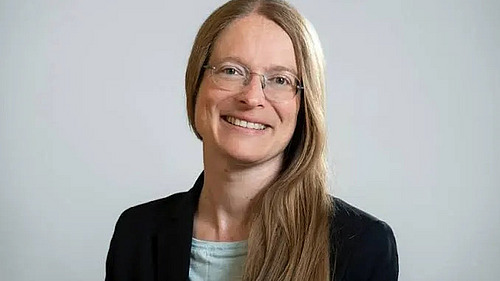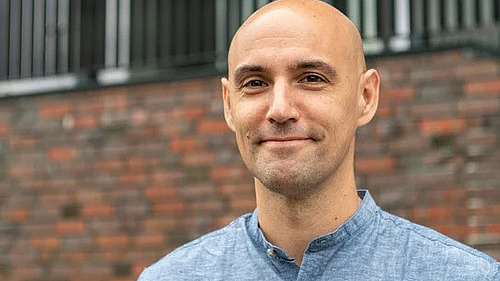Lipid droplets (LDs) are fat storage organelles critical for energy and lipid metabolism. Upon nutrient exhaustion, cells consume LDs via gradual cytosolic lipolysis or via lipophagy, the en bloc uptake of LDs into the vacuole. We have recently shown that LDs dock to the vacuolar membrane via a so far unexplored contact site that is required for lipophagy in yeast. The LD-localized LDO proteins carry an intrinsically disordered region that directly binds vacuolar Vac8 to form vCLIP, the vacuole-lipid droplet contact site. Nutrient limitation drives vCLIP formation, and genetic inactivation of vCLIP blocks lipophagy, resulting in impaired caloric restriction-induced longevity. While the identification of vCLIP provides mechanistic insights into the docking event of LDs to the vacuolar surface, required for subsequent lipophagic LD engulfment, it remains unknown how LDs are degraded inside the vacuole. Our recent data suggest a model for vacuolar LD consumption in which cytosolic lipases are delivered to the vacuole during lipophagy in specific LD-associated foci and facilitate the degradation of LDs inside microautophagic vesicles within the vacuolar lumen.



